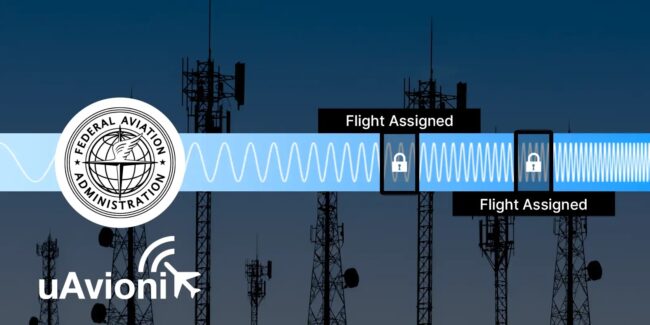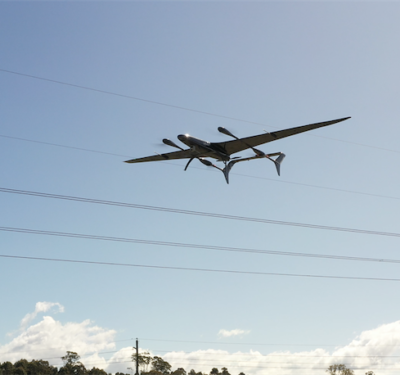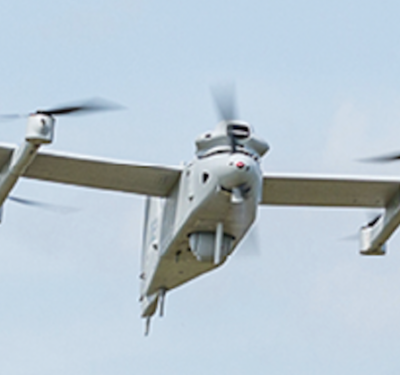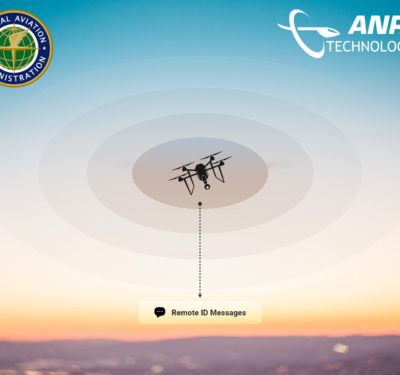About

Essential UAS industry coverage with global reach and influence.
Inside Unmanned Systems provides actionable business intelligence to decision-makers and influencers operating within the dynamic global UAS / UAV / drone community. News and analysis of key technologies, independent reports on the latest policy and regulatory developments, and actionable evaluation of new product designs and applications support the results stakeholders need to succeed across the commercial, civil and defense sectors.
Audience Profile: IUS serves an international readership of 20,000 unmanned system engineers, system integrators, product designers and unmanned program and policy leaders.
Application Segments Covered: Military, Homeland Security, Precision Agriculture, Survey, GIS/Mapping, Driverless Vehicles, Film Industry, Remote Sensing, Delivery Services, Search and Rescue, Mining, Oil And Gas, Arctic Research, Deep Ocean Studies
> During the demonstration in Southern Arizona, five APKWS-guided counter-UAS rockets were fired from a containerized weapon system and destroyed all targets, including fast-moving drones. . .The resulting precision munition is a low-cost, supersonic, lock-on-after-launch strike weapon with a large 10-pound warhead that can destroy large drones in a matter of seconds with or without direct contact.
BAE Systems Demonstrates Effectiveness of Rockets Against Agile, High-Speed Military Drones

"HUDSON, N.H.—BAE Systems said it completed additional ground-to-air test firings to prove the effectiveness of 70mm rockets guided by APKWS kits—the Advanced Precision Kill Weapon System—against speedy Class 2 unmanned aircraft that weigh 25 to 50 pounds and can fly up to 100 miles per hour.
During the demonstration in Southern Arizona, five APKWS-guided counter-UAS rockets were fired from a containerized weapon system and destroyed all targets, including fast-moving drones. The test results further demonstrate APKWS guidance kits’ ability to enable low-cost, precision strikes against airborne threats.
“Militarized drones are becoming more prevalent in conflicts around the world, and we’re giving our customers an efficient way to counter them without wasting expensive missiles,” said Greg Procopio, director of Precision Guidance and Sensing Solutions at BAE Systems. “Our tests demonstrate that APKWS guidance kits have the flexibility to engage a variety of targets to meet the evolving mission needs of the warfighter.”
The 70mm rockets can destroy Class-2 aerial drones by combining standard motors and warheads with APKWS guidance kits and proven proximity/point-detonation fuzes. The resulting precision munition is a low-cost, supersonic, lock-on-after-launch strike weapon with a large 10-pound warhead that can destroy large drones in a matter of seconds with or without direct contact.
BAE Systems had previously tested APKWS kit-equipped rockets against Class 2 drones in October 2021.
Combat-proven APKWS-guided rockets can be fired by many different platforms, including jets, helicopters, trucks, boats, and weapon stations, and stowed APKWS guidance kits protect seeker optics from adjacent rocket fire, unlike nose-mounted seeker optics. APKWS guidance kits are the only U.S. government program of record for 70mm laser-guided rockets. The kits are available to all U.S. armed forces, as well as U.S. allies via Foreign Military Sales."
APKWS guidance kits are produced at BAE Systems manufacturing facilities in Hudson, New Hampshire and Austin, Texas.
>
UAvionix Awarded FAA Contract to Demo C-Band Frequency Assignment Manager for Multiple UAS

"uAvionx announced Nov. 30 it has won a contract from the Federal Aviation Administration for multiple end-to-end demonstrations of a Frequency Assignment Manager (FAM) as a component of the uAvionix SkyLine Command and Control Communications Service Provider management platform.
This large-scale demonstration will enable a Frequency Management Organization operating the SkyLine platform to dynamically assign available frequencies within the internationally recognized UAS C-Band Command and Non-Payload Control range of 5030-5091MHz to uncrewed aircraft systems operating with CNPC radios.
For this purpose, uAvionix will leverage mature technology already
being used in UAS flight missions today, including the SkyLine C2CSP
platform and the uAvionix SkyLink CNPC radios.
UAvionix teamed with
the Northern Plains UAS Test Site, which is is very familiar with the
concept of centralized C2 Service Provision through the uAvionix plays
in the North Dakota Vantis UAS network.
The demonstrations are intended to demonstrate:
• The ability of SkyLine C2CSP platform to manage a pool of allocated (and licensed) frequencies in a geographic area.
•
The ability of SkyLine C2CSP platform to allocate available frequencies
(frequencies which are both allocated and not in use) to a specific
CNPC radio for a specific mission.
• The ability of the SkyLink CNPC radios to receive assigned frequencies for the designated mission.
• The ability of the SkyLink CNPC radios to operate on the assigned frequencies for the designated mission.
•
The ability of the SkyLine C2CSP platform to monitor and perform C2CSP
functionality to the SkyLink CNPC radios during the designated mission.
•
The ability to demonstrate non-interference when multiple aircraft
using uniquely assigned frequencies are operating within proximity.
The goal of this contract is to demonstrate and verify real-world operations of dynamically allocated FAA protected spectrum for UAS operations. In doing so, uAvionix builds upon the work of the ITU, ICAO, RTCA, FAA, and FCC in the allocation and establishment of service rules for UAS CNPC protected frequencies, bringing beyond visual line of sight operations closer to daily reality. The contracted solution is intended to ultimately manage a limited amount of protected spectrum on behalf of many operators in the same area at once, through use of specialized radios on each drone and on the ground to dynamically manage frequency assignments when they are needed, and just for the duration of each flight."
MORE
Highlander Partners Announces Acquisition of Counter-UAS Company Liteye Systems
Highlander Partners L.P. announced the acquisition of Liteye Systems, which develops, integrates and manufactures counter unmanned aircraft systems.
Fugro Joins Forces With Carbonix To Develop Remote Aerial Operations
Fugro is partnering with Australian drone manufacturer Carbonix to establish a new long-range drone capability. It is Fugro’s first partnership…
Commercial Security Roundup: Volatus Aerospace’s VP for Solutions Engineering Talks Uses and Capabilities
“I can do a Peruvian mine security program, which I did a couple of weeks ago. I literally put the…
FTUAS Engages Increment 2
Enhanced White Paper evaluation has been completed for the Future Tactical UAS. The long quest to replace the RQ-7 Shadow…
ANRA Wins Contract for Broadcast Remote ID Demonstration
ANRA Technologies said it has won a Federal Aviation Administration contract to demonstrate the ability to collect, aggregate and retransmit Broadcast Remote ID (B-RID) messages.







No comments:
Post a Comment